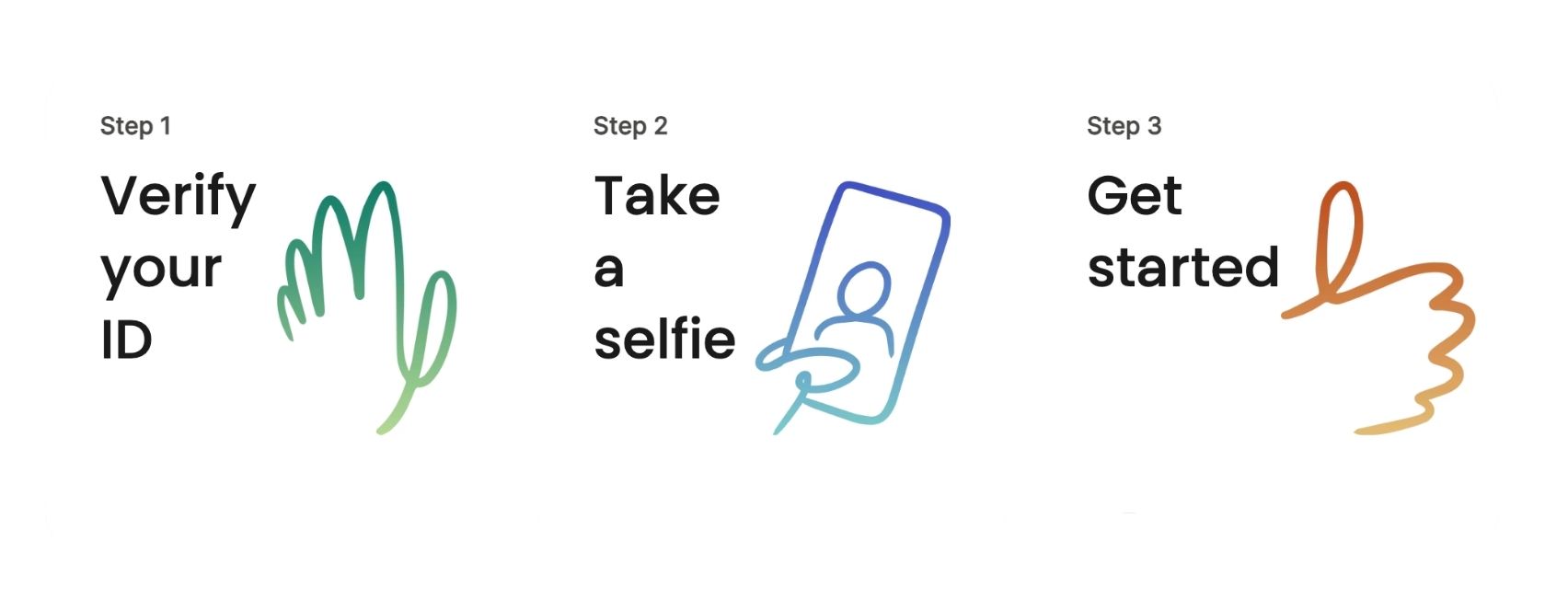A colonoscopy is a procedure in which a long, flexible tube with a camera, called a colonoscope, is inserted into the rectum to look inside your colon (large intestine). Performed by a gastroenterologist, a colonoscopy is used to screen for colon cancer and to evaluate various colon-related problems like abdominal pain, rectal bleeding, or a change in bowel habits.

A colonoscopy is most commonly performed as an elective procedure under mild sedation in an outpatient endoscopy center or an ambulatory surgical center. Less commonly, it is performed urgently in a hospital, often for cases of lower gastrointestinal bleeding.
After the colonoscope is inserted into the rectum, the tube is threaded through the colon so that the medical team can view it on a monitor. This allows them to look for abnormalities including polyps (tissue growths), sores (ulcers), inflammation, and bleeding.
Besides detecting tissue abnormalities, the colonoscope can be used to treat certain problems. For example, tiny instruments may be inserted through the scope to clip and remove polyps. Tissue samples, called biopsies, may also be obtained during a colonoscopy.
Absolute contraindications to a colonoscopy include:
Potential risks of a colonoscopy include:
A colonoscopy may be performed as a screening test to look for evidence of precancerous polyps or cancer, or as a diagnostic test when certain colon-related symptoms arise.
While most screening tests are done in an attempt to find cancer in its earliest stage (referred to as early detection), a colonoscopy offers something more unique: It allows for a polyp to be detected and removed before it even has time to develop into a cancerous tumor.
The American College of Gastroenterology recommends that screening begin at age 45 for those at average risk for developing colon cancer. A screening colonoscopy is recommended every 10 years as long as results are normal.
Screening is recommended at a younger age (and more often) for those who have risk factors for colon cancer, such as:
Besides undergoing a colonoscopy every 10 years (or earlier, depending on a person's prior test results and risk profile), there are other colon cancer screening options, including:
Your healthcare provider may recommend one over another depending on several factors. Insurance coverage of such tests (as screening tools) can vary depending on your plan and health history.
A diagnostic colonoscopy may be recommended for those who have colon-related symptoms or signs that may indicate an underlying disease process, such as colon cancer, hemorrhoids, diverticular disease, or IBD.
Symptoms and signs that often warrant a diagnostic colonoscopy include:
Once your colonoscopy is scheduled, your doctor will give you various preparatory instructions, such as:
To thoroughly clean out your colon, your doctor will have you undergo a bowel preparation, typically with a liquid laxative like Golytely (polyethylene glycol). While there are different types of bowel preparations, they all cause several hours of watery diarrhea, so be sure you have easy access to a bathroom.
A colonoscopy takes about 30 minutes to complete.
Here is a brief summary of what you can expect from start to finish:
As your sedative wears off, you will be observed in a recovery area for about one hour. You may wake up shortly after the procedure or be drowsy for some time. Because of the sedative medications used, most people don't remember the test.
When you are awake and alert, your IV will be removed and your nurse will likely offer you some food (such as crackers and juice) before going home.
Keep in mind, you may feel drowsy for the first 24 hours after your colonoscopy, so you should not drive or operate machinery during this time. Due to the transient effects of anesthesia on memory, it's also recommended that people avoid making critical decisions, like signing legal documents, until the day after their procedure.
While you will be able to resume most ordinary daily activities and your regular diet right after a colonoscopy, you should avoid alcohol and strenuous activities for at least 24 hours.
Mild bloating, gas pains, or even a small amount of blood with your first bowel movement are normal after a colonoscopy. But be sure to contact your doctor if you experience any of the following symptoms:
Introducing Eva.
Receive a complete Readiness Report in 24 hours — Built with best surgeons and anesthesiologists. Powered by AI.
Send the report to your surgeon.

About 38% of adult patients suffer an adverse event during or following their surgery, researchers reported Wednesday in the BMJ.
Nearly half of these complications result in serious, life-threatening or fatal harm, results showed.
60% of the complications were potentially preventable and 21% were definitely or probably preventable, researchers report.
Our mission is to provide safe & affordable surgical care
for every patient using AI technology and telehealth.

Surgery should be centered around you.
Your health, in your hands.
With Eva Me, it is. Licensed clinicians review your health record to provide personalized recommendations for surgery and anesthesia. It’s time for care that’s true to you.
Securely access Eva Me with a photo of your ID and a selfie.

Health records in multiple portals? That’s a thing of the past. Eva Me gathers your records in one place so licensed providers can give you personalized recommendations about your health.

Receive a summary on your phone — including surgical history, medications, labs, and risk factors — ready to send to be sent to your surgeon.

Trusted by the best health systems in the world
Includes — Anesthesia Self-Test, consented record pull via HIE and patient portals, Eva Readiness Report in 24 hours, personalized checklist, action plan, question guide, secure PDF and share link, online support
Information